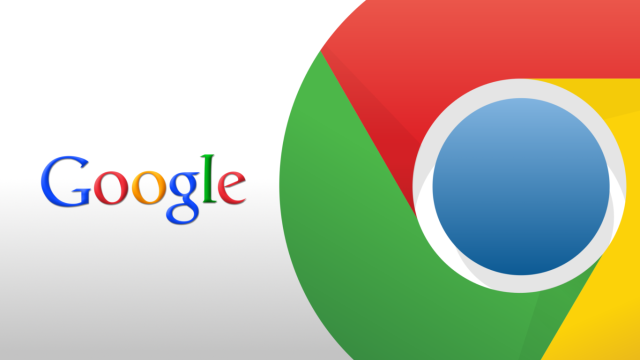
Google has a set a date of September 1 for when its Chrome browser will block all Flash content that isn't "central to the webpage." Flash content, such as ads or auto-playing videos on non-video websites, will be automatically paused by default—but you can click to play them if you wish. Embedded video players on sites like YouTube and Vimeo will still work, of course.
The Flash-blocking feature was initially rolled out to a beta version of Chrome earlier this year. At the time, Google's Tommi Li claimed that the reason for the blocking was battery life, thanks to auto-playing Flash ads consuming a large amount of CPU time.
The move could also help stop the spread of malware via malicious Flash ads. Flash has had a long history of security exploits, with the most recent exploit being uncovered in July, which potentially allowed hackers to remotely execute malicious code.
While the move is largely a good one for consumers, advertisers won't be so happy. The vast majority of online advertising still makes use of Flash, even on mobile, where Flash has never been fully supported. A recent report by mobile ad management firm Sizmek (PDF) claimed that advertisers tried to deliver more than 5.35 billion Flash ads in Q1 2015—which ended up defaulting to static images—versus 4.25 billion HTML5 ads.
While Google already automatically converts most Flash ads placed on its AdWords network to HTML5, other sites will simply stop accepting Flash ads entirely. Amazon's updated advertising guidelines note that the site will stop accepting Flash on September 1, which it says will ensure "customers continue to have a positive, consistent experience on Amazon."
reader comments
103